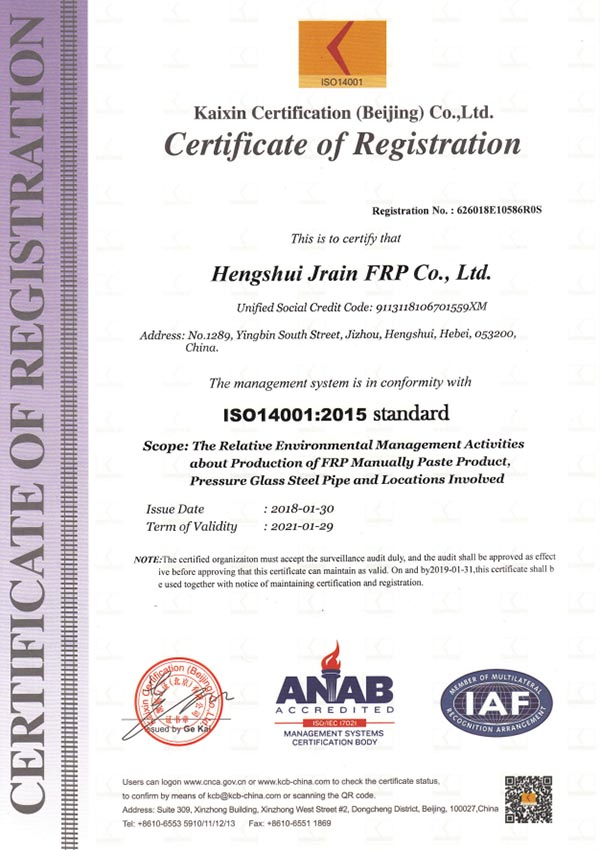
-
 Afrikaans
Afrikaans -
 Albanian
Albanian -
 Amharic
Amharic -
 Arabic
Arabic -
 Armenian
Armenian -
 Azerbaijani
Azerbaijani -
 Basque
Basque -
 Belarusian
Belarusian -
 Bengali
Bengali -
 Bosnian
Bosnian -
 Bulgarian
Bulgarian -
 Catalan
Catalan -
 Cebuano
Cebuano -
 China
China -
 China (Taiwan)
China (Taiwan) -
 Corsican
Corsican -
 Croatian
Croatian -
 Czech
Czech -
 Danish
Danish -
 Dutch
Dutch -
 English
English -
 Esperanto
Esperanto -
 Estonian
Estonian -
 Finnish
Finnish -
 French
French -
 Frisian
Frisian -
 Galician
Galician -
 Georgian
Georgian -
 German
German -
 Greek
Greek -
 Gujarati
Gujarati -
 Haitian Creole
Haitian Creole -
 hausa
hausa -
 hawaiian
hawaiian -
 Hebrew
Hebrew -
 Hindi
Hindi -
 Miao
Miao -
 Hungarian
Hungarian -
 Icelandic
Icelandic -
 igbo
igbo -
 Indonesian
Indonesian -
 irish
irish -
 Italian
Italian -
 Japanese
Japanese -
 Javanese
Javanese -
 Kannada
Kannada -
 kazakh
kazakh -
 Khmer
Khmer -
 Rwandese
Rwandese -
 Korean
Korean -
 Kurdish
Kurdish -
 Kyrgyz
Kyrgyz -
 Lao
Lao -
 Latin
Latin -
 Latvian
Latvian -
 Lithuanian
Lithuanian -
 Luxembourgish
Luxembourgish -
 Macedonian
Macedonian -
 Malgashi
Malgashi -
 Malay
Malay -
 Malayalam
Malayalam -
 Maltese
Maltese -
 Maori
Maori -
 Marathi
Marathi -
 Mongolian
Mongolian -
 Myanmar
Myanmar -
 Nepali
Nepali -
 Norwegian
Norwegian -
 Norwegian
Norwegian -
 Occitan
Occitan -
 Pashto
Pashto -
 Persian
Persian -
 Polish
Polish -
 Portuguese
Portuguese -
 Punjabi
Punjabi -
 Romanian
Romanian -
 Russian
Russian -
 Samoan
Samoan -
 Scottish Gaelic
Scottish Gaelic -
 Serbian
Serbian -
 Sesotho
Sesotho -
 Shona
Shona -
 Sindhi
Sindhi -
 Sinhala
Sinhala -
 Slovak
Slovak -
 Slovenian
Slovenian -
 Somali
Somali -
 Spanish
Spanish -
 Sundanese
Sundanese -
 Swahili
Swahili -
 Swedish
Swedish -
 Tagalog
Tagalog -
 Tajik
Tajik -
 Tamil
Tamil -
 Tatar
Tatar -
 Telugu
Telugu -
 Thai
Thai -
 Turkish
Turkish -
 Turkmen
Turkmen -
 Ukrainian
Ukrainian -
 Urdu
Urdu -
 Uighur
Uighur -
 Uzbek
Uzbek -
 Vietnamese
Vietnamese -
 Welsh
Welsh -
 Bantu
Bantu -
 Yiddish
Yiddish -
 Yoruba
Yoruba -
 Zulu
Zulu
frp duct system
Understanding FRP Duct Systems A Comprehensive Overview
Fiber Reinforced Polymer (FRP) duct systems have gained significant traction in various industries due to their unique properties and advantages. As a composite material, FRP combines a polymer matrix with strong fibers, typically glass or carbon, to create a lightweight yet exceptionally strong structure. This article delves into FRP duct systems, their benefits, applications, and considerations for their implementation.
What Are FRP Duct Systems?
FRP duct systems are ventilation and exhaust systems made from fiber reinforced polymer materials. Unlike traditional metal ducts, FRP ducts offer enhanced resistance to corrosion, making them ideal for environments exposed to harsh chemicals and moisture. These systems are commonly used in industries such as chemical processing, wastewater treatment, and food processing, where durability and reliability are paramount.
Benefits of FRP Duct Systems
1. Corrosion Resistance One of the most significant advantages of FRP duct systems is their superior resistance to corrosion. Traditional metal ducts can corrode over time, especially in environments with chemical exposure. FRP materials are inherently resistant to a wide range of chemicals, ensuring a longer lifespan and reducing maintenance costs.
2. Lightweight and Easy to Install FRP ducts are notably lighter than their metal counterparts, making them easier to handle and install. This characteristic not only speeds up the installation process but also reduces the structural load on buildings and frameworks.
3. Thermal Insulation FRP has excellent thermal insulation properties, which can help in maintaining temperature control within duct systems. This insulation capability can lead to energy savings, as less energy is required to heat or cool the air passing through the ducts.
frp duct system

4. Design Flexibility The manufacturing process of FRP allows for a wide range of custom designs. This flexibility helps engineers and designers create duct systems that fit specific spatial requirements and performance needs, providing tailored solutions for various applications.
5. Low Maintenance Due to their durable nature and resistance to corrosion and build-up, FRP ducts require significantly less maintenance than metal ducts. This aspect leads to lower operational costs in the long run.
Applications of FRP Duct Systems
FRP duct systems are widely utilized across numerous sectors. In the chemical industry, they are used to transport corrosive gases and vapors. In wastewater treatment plants, FRP ducts help manage air and gas exhaust, ensuring environmental compliance. Furthermore, the food and beverage sector benefits from FRP systems due to their cleanability and resistance to contamination.
Considerations for Implementation
While FRP duct systems offer numerous advantages, there are considerations to be aware of before implementation. The initial cost may be higher than traditional metal systems. However, when weighed against long-term savings on maintenance and replacement, FRP proves to be cost-effective. It is also crucial to ensure that the chosen FRP material is compatible with the specific chemicals it will encounter.
Conclusion
FRP duct systems represent a modern solution to the challenges posed by traditional ducting materials. With their exceptional resistance to corrosion, lightweight nature, and energy efficiency, they are poised to play a significant role in various industrial applications. As industries continue to seek sustainable and efficient solutions, FRP duct systems will undoubtedly be an integral choice for future installations.
Latest news
-
Exploring the Benefits of Top Hammer Drifter Rods for Enhanced Drilling PerformanceNewsJun.10,2025
-
High-Precision Fiberglass Winding Machine for GRP/FRP Pipe Production – Reliable & Efficient SolutionsNewsJun.10,2025
-
FRP Pipes & Fittings for Shipbuilding - Corrosion-Resistant & LightweightNewsJun.09,2025
-
Premium FRP Flooring Solutions Durable & Slip-ResistantNewsJun.09,2025
-
Premium Fiberglass Rectangular Tanks Durable & Lightweight SolutionNewsJun.09,2025
-
Tapered Drill String Design Guide Durable Performance & UsesNewsJun.09,2025









